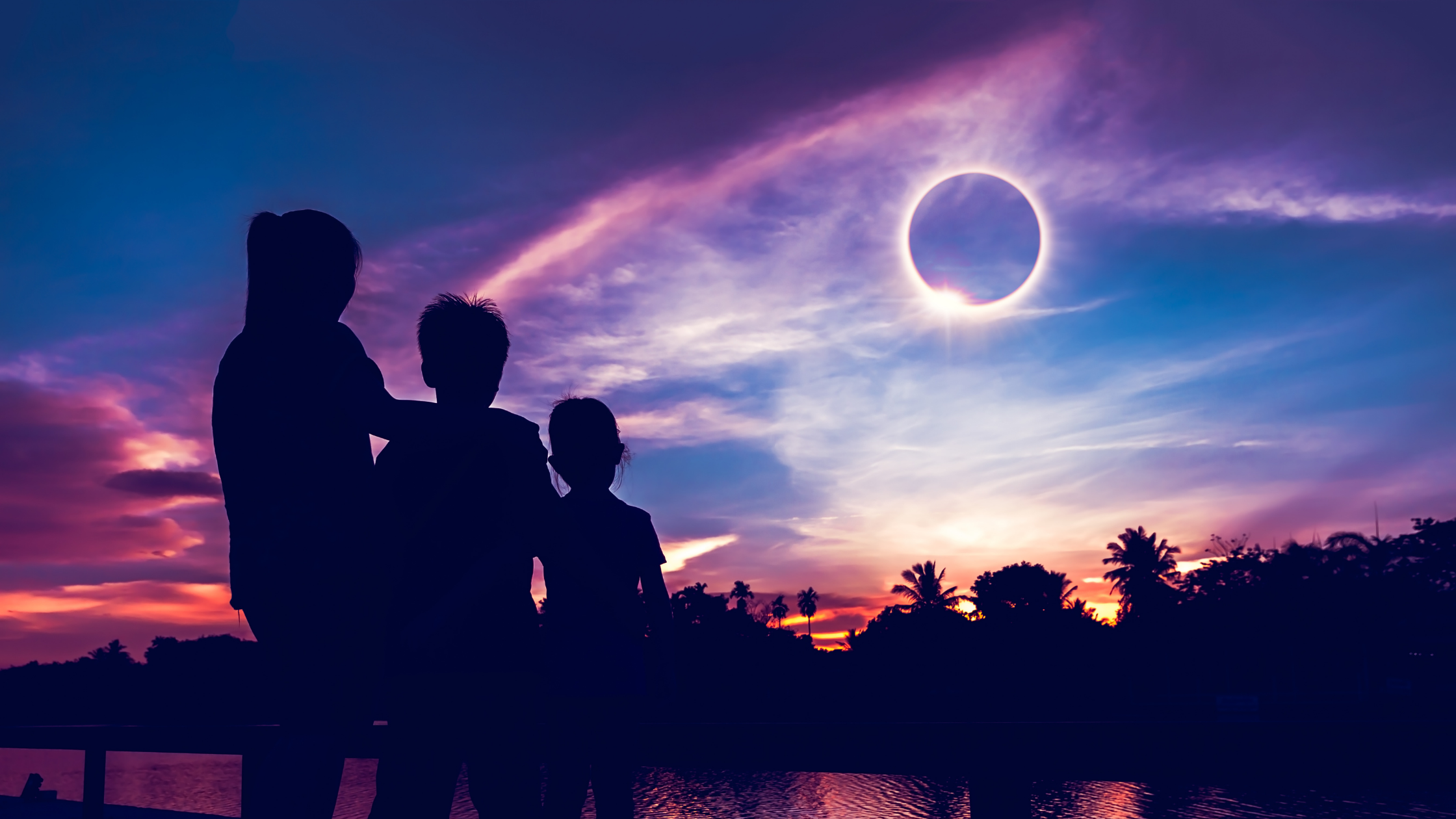Things to know on April 8, 2024, at the event of the Great North American Eclipse
A rare event will happen again on April 8, 2024, and people all over North America will be very fortunate to witness it—the total solar eclipse. An event as rare as this will raise many questions, especially for homeowners who own solar power.
Let us discuss the solar eclipse a bit.
When the moon passes between the sun and the Earth, it creates a ring-like light. This is due to the moon covering the sun and the eclipse totality, which will last approximately four minutes. This will cause temporary darkness. The path of the Solar eclipses will traverse from Mexico, through the United States, and up into Canada—a trajectory that promises breathtaking views and scientific intrigue.
The solar eclipse will be visible around North America, but the totality of the eclipse will only be visible in these areas of North America (see picture below)
Other areas not on the path will still witness a partial eclipse.
How to witness the solar eclipse
Only look directly at the sun during any solar eclipse phase with proper eye protection. Looking directly at the sun will still damage your eyes. It doesn't mean that the moon shadows the sun; it is already a good idea to look at it directly.
What does it mean for homeowners who have solar panels?
There will be less sunlight the solar panels will receive during the solar eclipse. With less sunlight, solar energy production will drop significantly. Homeowners can calculate the energy loss using a solar energy calculator or by contacting your solar energy provider. Getting in touch with your solar energy provider can also give you insight into how to prepare for the energy loss.
The importance of solar eclipse
Aside from the beautiful and rare solar eclipse spectacle, it provides essential insight into the sun's importance in renewable energy. With the temporary darkness that will happen, people will see how much power the sun provides. Despite its potential challenges, the total solar eclipse is a rare and awe-inspiring phenomenon that deserves appreciation.
In conclusion, the solar eclipse on April 8 presents a fascinating experience for everyone relying on solar power. While it may temporarily disrupt energy production, proper planning and preparation can mitigate its impact. Embracing the celestial event and its significance in our solar-powered lives underscores the importance of renewable energy and our connection to the natural world.




